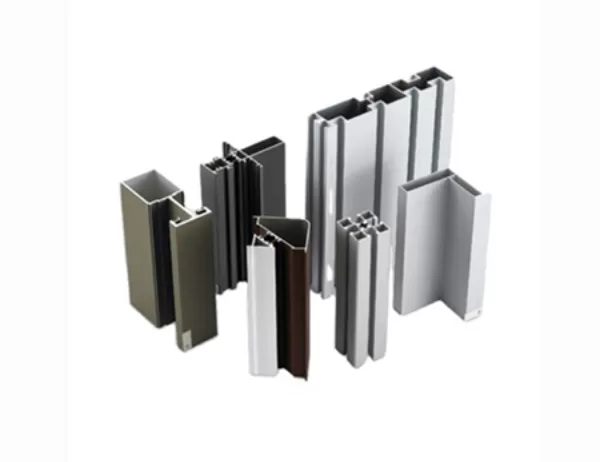is a comprehensive guide that provides detailed instructions and recommendations for the safe and efficient installation of aluminum formwork systems. By following these best practices, contractors can ensure the structural integrity of their projects and maximize the lifespan of their formwork systems.
Before beginning the installation process, it is crucial to carefully plan and prepare the job site. This includes:
Verifying the accuracy of the formwork design and ensuring that it meets project specifications.
Establishing a dedicated storage area for materials and equipment to minimize clutter and promote safety.
Inspecting the formwork components to ensure they are free of damage or defects.
Training the installation crew on proper techniques and safety protocols.
Proper site preparation is essential for a successful installation:
Ensuring that the foundation is level, stable, and capable of supporting the weight of the formwork system.
Creating a clear and accessible work area to facilitate efficient component placement.
Establishing proper drainage to prevent water accumulation and soil erosion.
The assembly and erection of the formwork system require precision and attention to detail:
Following the manufacturer’s instructions and using the recommended tools and equipment.
Ensuring that all components are properly aligned, secured, and plumbed.
Verifying that all joints and connections are tight and free of gaps or leaks.
Monitoring the system’s stability and making adjustments as necessary.
Bracing and support systems are crucial for maintaining the integrity of the formwork system:
Installing braces and supports according to the design specifications and at appropriate intervals.
Using materials and components that meet the required strength and durability standards.
Inspecting braces and supports regularly for any signs of damage or weakness and making timely repairs.
Ensuring that the system is properly anchored to prevent lateral movement or collapse.
Proper concrete placement and curing processes are essential to ensure the quality of the final structure:
Following the specified concrete mix design and placing the concrete carefully to avoid segregation or honeycombing.
Vibrating the concrete adequately to remove air pockets and ensure proper compaction.
Curing the concrete according to the manufacturer’s recommendations and protecting it from excessive heat, wind, or rain.
Safe and efficient stripping and cleaning are crucial for the longevity of the formwork system:
Removing the formwork carefully to avoid damage to the concrete surface.
Cleaning the formwork components thoroughly to remove any concrete residue or debris.
Inspecting the formwork for any damage or wear and repairing it as necessary.
Storing the formwork components properly to protect them from the elements and extend their lifespan.
Maintaining safety and quality control is paramount throughout the installation process:
Implementing a comprehensive safety plan that addresses potential hazards and provides protective equipment.
Conducting regular inspections to ensure compliance with safety protocols and quality standards.
Monitoring the installation progress to identify any deviations from the specified plans and make corrective actions promptly.
Documenting all inspections, repairs, and modifications for future reference and quality assurance.




